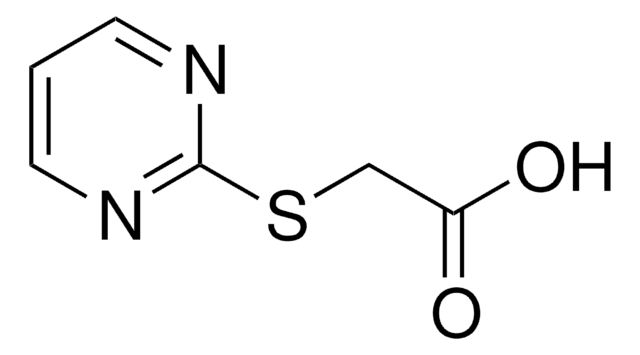27221
Acetic acid
glacial, puriss., 99-100%
Synonym(s):
Glacial acetic acid
Sign Into View Organizational & Contract Pricing
Select a Size
All Photos(1)
Select a Size
Change View
About This Item
Linear Formula:
CH3CO2H
CAS Number:
Molecular Weight:
60.05
Beilstein:
506007
EC Number:
MDL number:
UNSPSC Code:
12352106
PubChem Substance ID:
NACRES:
NA.21
Recommended Products
vapor density
2.07 (vs air)
Quality Level
grade
puriss.
Assay
99-100%
form
liquid
autoignition temp.
800 °F
expl. lim.
16 %, 92 °F
4 %, 59 °F
technique(s)
mass spectrometry (MS): suitable
impurities
≤0.0005% heavy metals (as Pb)
≤0.005% non-volatile matter
refractive index
n20/D 1.371 (lit.)
Looking for similar products? Visit Product Comparison Guide
General description
Acetic acid is an organic carboxylic acid. It is a hygroscopic liquid having pungent odor. Its anhydrous form is commonly referred as glacial acetic acid. It forms dimers linked by hydrogen bonds in solution and gaseous phases. It is weakly acidic in nature.
Application
Acetic acid is widely employed as solvent for various oxidation reactions. It has been used in the analysis of synthetic peptides by electron transfer dissociation (ETD) tandem mass spectrometry (MS/MS). It may be used in the preparation of peroxyacetic acid (disinfectant), via reaction with perhydrol (30% hydrogen peroxide).
Other Notes
The article number 27221-6X1L will be discontinued. Please order the single bottle 27221-1L which is physically identical with the same exact specifications.
Signal Word
Danger
Hazard Statements
Precautionary Statements
Hazard Classifications
Eye Dam. 1 - Flam. Liq. 3 - Skin Corr. 1A
Storage Class Code
3 - Flammable liquids
WGK
WGK 1
Flash Point(F)
102.2 °F - closed cup
Flash Point(C)
39 °C - closed cup
Choose from one of the most recent versions:
Already Own This Product?
Find documentation for the products that you have recently purchased in the Document Library.
Customers Also Viewed
John E P Syka et al.
Proceedings of the National Academy of Sciences of the United States of America, 101(26), 9528-9533 (2004-06-24)
Peptide sequence analysis using a combination of gas-phase ion/ion chemistry and tandem mass spectrometry (MS/MS) is demonstrated. Singly charged anthracene anions transfer an electron to multiply protonated peptides in a radio frequency quadrupole linear ion trap (QLT) and induce fragmentation
Eagleson M.
Concise Encyclopedia Chemistry, 5-5 (1994)
Katharine Trenholme et al.
Antimicrobial agents and chemotherapy, 58(7), 3666-3678 (2014-04-16)
Therapies to prevent transmission of malaria parasites to the mosquito vector are a vital part of the global malaria elimination agenda. Primaquine is currently the only drug with such activity; however, its use is limited by side effects. The development
Isabelle Brunet et al.
The Journal of clinical investigation, 124(7), 3230-3240 (2014-06-18)
Autonomic sympathetic nerves innervate peripheral resistance arteries, thereby regulating vascular tone and controlling blood supply to organs. Despite the fundamental importance of blood flow control, how sympathetic arterial innervation develops remains largely unknown. Here, we identified the axon guidance cue
Xianbao Deng et al.
The New phytologist, 201(4), 1469-1483 (2013-11-26)
• Chalcone synthase (CHS) is the key enzyme in the first committed step of the flavonoid biosynthetic pathway and catalyzes the stepwise condensation of 4-coumaroyl-CoA and malonyl-CoA to naringenin chalcone. In plants, CHS is often encoded by a small family
Our team of scientists has experience in all areas of research including Life Science, Material Science, Chemical Synthesis, Chromatography, Analytical and many others.
Contact Technical Service


